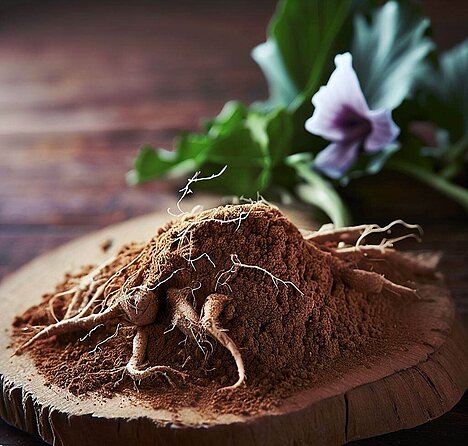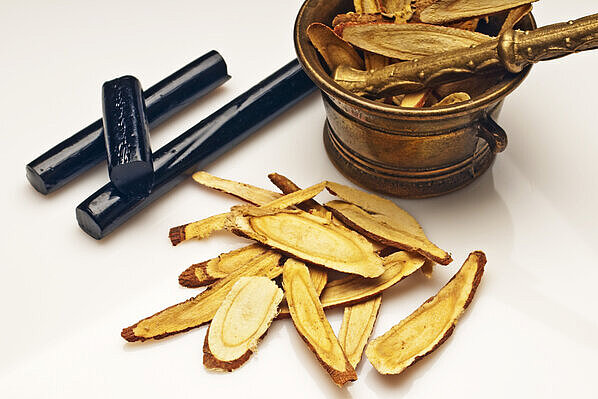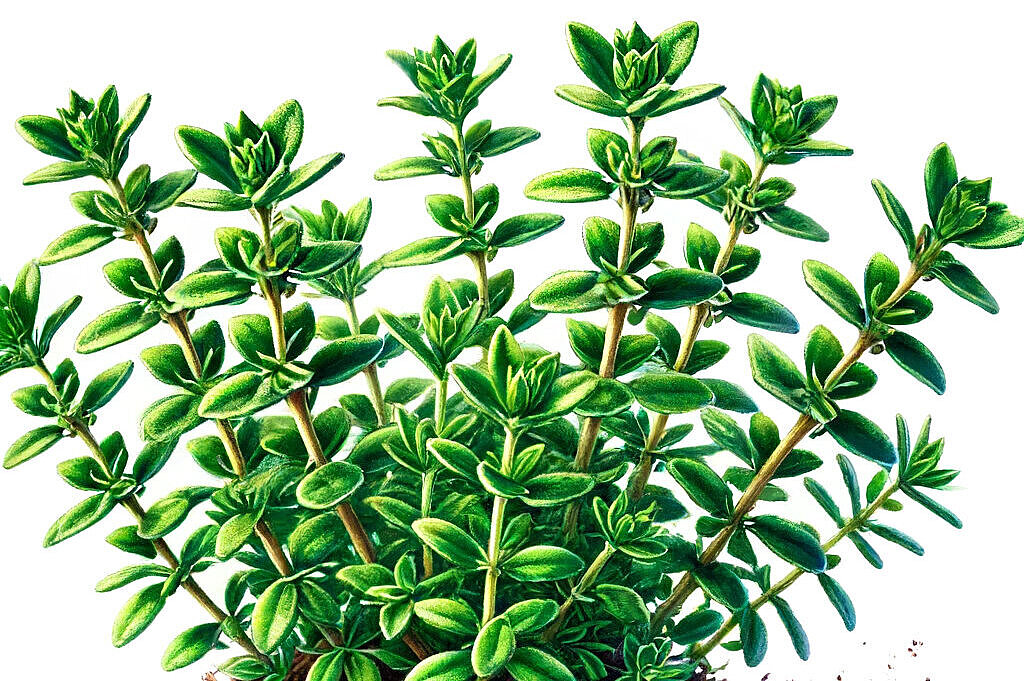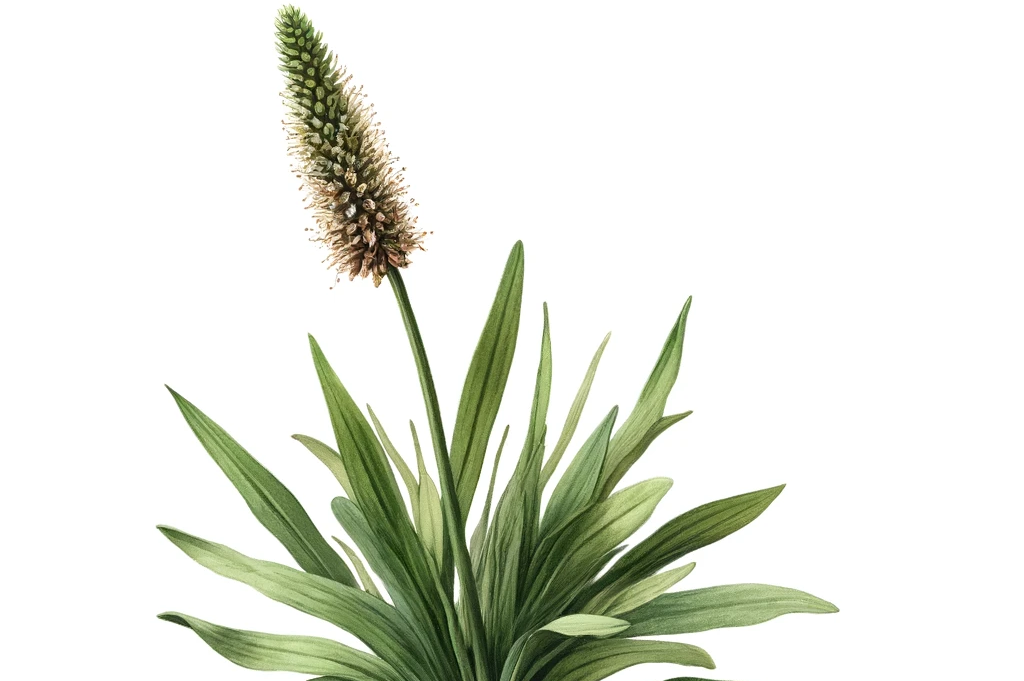Marshmallow root

How can marshmallow root help dogs?
Marshmallow root can help with various diseases of the mucous membranes. For example, for coughs, hoarseness, bronchitis or sore throats. The mucilage covers the irritated areas like a protective film and soothes the irritating cough. They also promote the defense against pathogens and support healing.
Marshmallow root can also help with gastrointestinal complaints. It has an antispasmodic effect, aids digestion and protects the stomach lining from acid and bacteria. It can be used for diarrhea, constipation, flatulence or stomach ulcers.
Marshmallow root can also help with skin problems. It has a wound-healing, antibacterial and antipruritic effect. It can be used for skin rashes, eczema, abscesses and insect bites.
How can marshmallow root be used on dogs?
Marshmallow root is available in various forms, for example as a tea, tincture, powder or ointment. The appropriate form can be chosen depending on the symptoms.
If you have a cough or sore throat, you can make a tea from marshmallow root and give it to your dog lukewarm to drink. You can also add a few drops of the tincture to water or sprinkle some powder over the food.
For gastrointestinal problems, you can also prepare a tea from marshmallow root and offer it to the dog lukewarm to drink. You can also sprinkle some powder over the food or rub a small amount of ointment directly onto the stomach.
For skin problems, an ointment made from marshmallow root can be applied to the affected areas and massaged in gently. You can also make a compress from a cloth soaked in marshmallow root tea and place it on the wound.
What are the benefits of marshmallow root for dogs?
Marshmallow root has several benefits for dogs:
- It is natural and has few side effects.
- It is versatile and helps with various ailments.
- It is easy to obtain and process.
- It is inexpensive and can be stored well.
What are the disadvantages of marshmallow root for dogs?
Marshmallow root also has some disadvantages for dogs:
- It is not suitable for all dogs. Some dogs are allergic to marshmallow root or cannot tolerate it.
- The effect is not always sufficient. In the case of severe or chronic complaints, you should always consult a vet and not rely on marshmallow root alone.
- It may interact with other medications. The mucilage can delay or prevent the absorption of other active ingredients. You should therefore always consult a vet before giving your dog marshmallow root.
Marshmallow root can help dogs with various diseases of the mucous membranes, gastrointestinal complaints and skin problems. It has an anti-inflammatory effect, protects mucous membranes and skin, aids digestion and relieves itching. Marshmallow root can be used in the form of tea, tincture, powder or ointment. It has many benefits, but is not suitable for all dogs and may interact with other medications.
If you notice any signs of hypersensitivity or poisoning in your dog, you should see your vet immediately. We are not a substitute for a vet, but we try to be as accurate as possible. Every dog reacts differently and we recommend you get a second opinion or consult your vet if in doubt.
Stay healthy and take good care of your four-legged friend!😊
Similar to Marshmallow root
Licorice root is the root of the Glycyrrhiza glabra plant, which belongs to the legume family. It grows mainly in southern Europe, Asia and North Africa. The root has a sweet taste and contains the...
The cowslip belongs to the primrose family and is native to Europe and Asia. It grows mainly in meadows, on forest edges and in sparse forests. The plant grows to a height of around 10 to 30 cm and...
Thyme belongs to the labiate family and grows mainly in the Mediterranean region. It has small green leaves and pink or white flowers that attract many bees. Thyme contains essential oils such as...
Ribwort plantain (Plantago lanceolata) belongs to the plantain family and is native to Europe, Asia and North Africa. It grows mainly on nutrient-rich soils and is very adaptable. Ribwort plantain...



